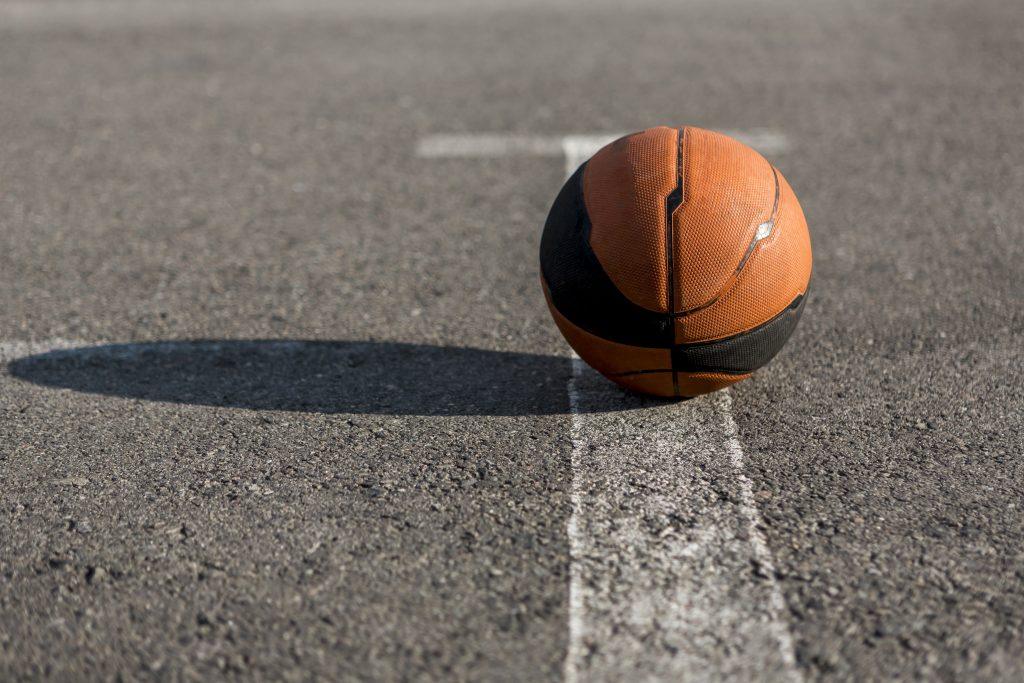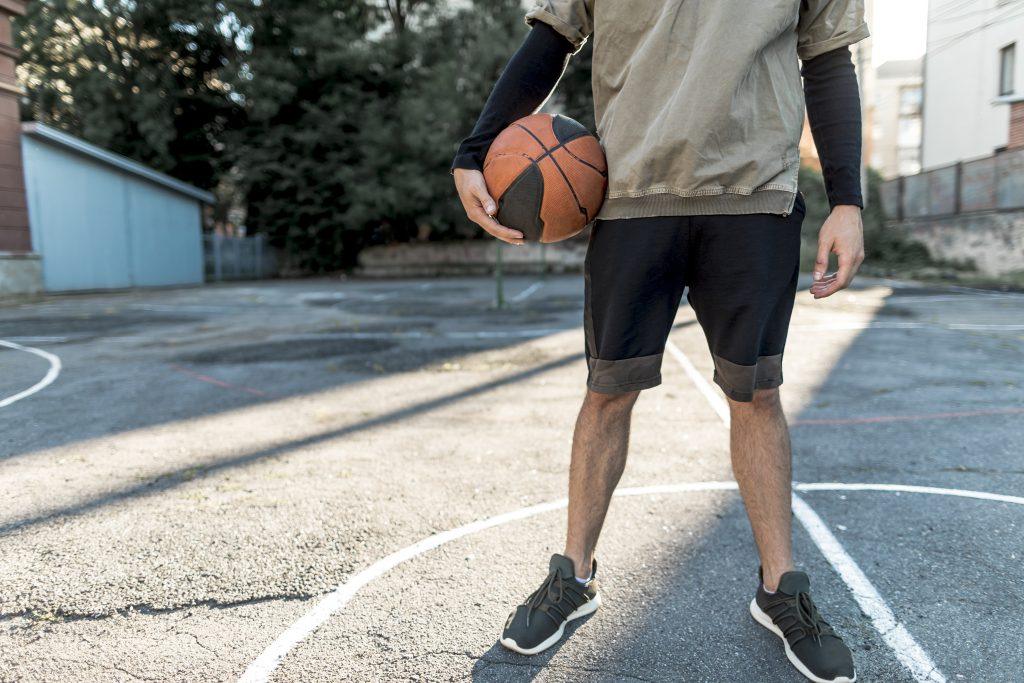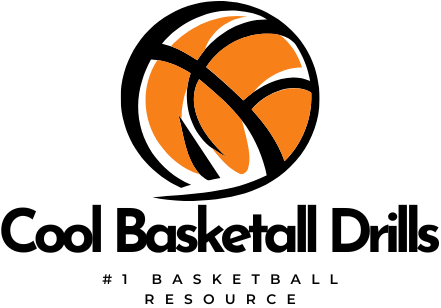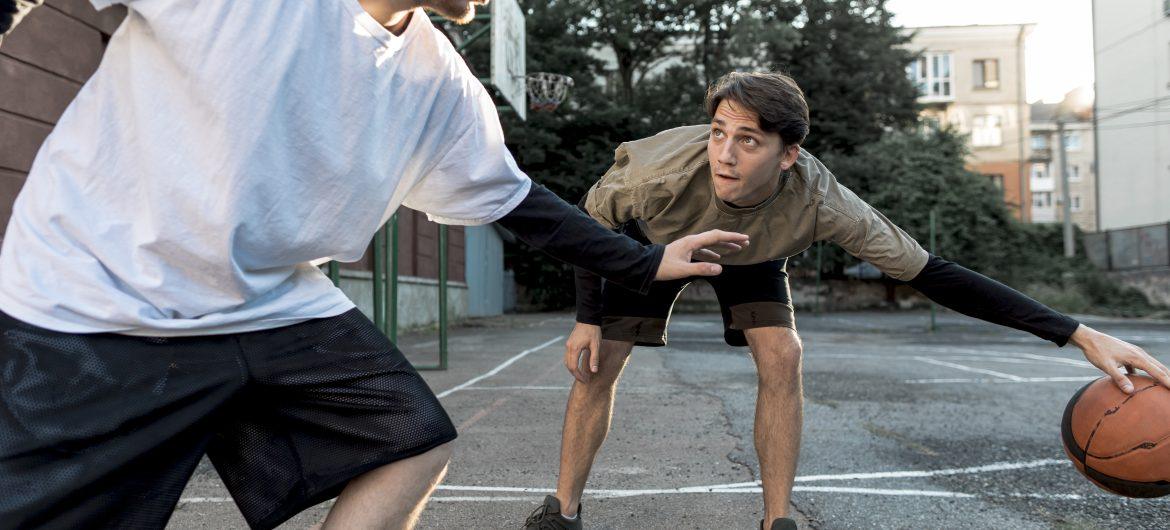Master the Game with These Basketball Reaction Drills
In competitive basketball, reaction time can make or break a play. Whether you’re driving to the basket, defending a fast break, or looking for an open teammate, the ability to read the game and react in real time is what separates good players from elite ones. That’s why incorporating basketball reaction drills into your training routine is essential for developing sharper instincts, quicker decision-making, and faster movements on the court.
At coolbasketballdrills.com, we believe that physical skills like shooting, dribbling, and passing are only part of the equation. The mental side of the game—how fast you process information and respond—is just as important. Reaction drills help players improve hand-eye coordination, court vision, and agility, all while training their brains to handle high-pressure situations with confidence.
Think about those moments when a defender suddenly switches, or when a teammate cuts to the basket unexpectedly. In those split seconds, your brain needs to recognize the change, and your body needs to respond instantly. That’s not just natural talent—it’s trainable skill. With the right drills, you can improve your basketball IQ and reduce hesitation, making you more effective on both ends of the floor.
We’ll cover everything from visual cue drills to partner mirror movements, reaction ball work, and decision-making games that simulate real match conditions. These aren’t just random exercises—they’re fun, fast-paced, and directly transferable to game performance.
So, if you’re looking to boost your reaction time, increase your court awareness, and gain that competitive edge, you’re in the right place. Let’s dive into the top basketball reaction drills that will sharpen your instincts and take your game to the next level.
1. Mirror Reaction Drill
Purpose: Improves defensive footwork, reaction time, and agility by mirroring an opponent’s movements.
Equipment: None (requires two players)
Step-by-Step:
- Two players face each other about 6 feet apart.
- Player 1 is the “leader,” making unpredictable lateral, forward, and backward movements.
- Player 2 is the “mirror,” moving as quickly as possible to copy Player 1’s moves.
- The leader should vary speed and direction to challenge the mirror.
- Continue for 30 seconds, then switch roles.
- Repeat 3-5 rounds.
Tips:
- Stay low in a defensive stance with knees bent and hands ready.
- Keep your eyes locked on the leader’s torso, not their feet.
- Focus on smooth, quick footwork rather than overstepping.
2. Partner Reaction Pass Drill
Purpose: Develops hand-eye coordination and reaction speed in passing and catching.
Equipment: Basketball, 2 players
Step-by-Step:
- Players stand about 8 feet apart, both holding a basketball.
- Player 1 bounces their ball on the floor randomly and quickly.
- When Player 1 suddenly throws or passes their ball toward Player 2, Player 2 must react immediately to catch it.
- After catching, Player 2 bounces their own ball and throws it back quickly.
- Continue alternating passes and catches for 1-2 minutes.
- Increase speed and unpredictability as skills improve.
Tips:
- Use different types of passes: chest pass, bounce pass, overhead.
- Communicate verbally to stay alert.
3. Colored Cone Reaction Drill
Purpose: Enhances visual reaction speed, agility, and directional change.
Equipment: 4-6 cones, each painted or marked with a different color
Step-by-Step:
- Set cones about 3-4 feet apart in a square or line.
- A coach or partner stands in front with a basketball and calls out colors randomly.
- The player starts in a ready position, then sprints or shuffles to touch the cone of the called color.
- The partner varies the calls quickly and unpredictably.
- Continue for 30-60 seconds, rest, then repeat 3-4 rounds.
Tips:
- Keep knees bent and body low for faster direction changes.
- Focus on quick initial steps to get moving immediately.
4. Reaction Ball Drill
Purpose: Trains unpredictable reflexes and improves hand-eye coordination.
Equipment: A reaction training ball (a small, unevenly bouncing ball) or tennis ball
Step-by-Step:
- Player stands in an athletic stance.
- Bounce the reaction ball on the floor.
- The ball will bounce unpredictably; the player must catch it as quickly as possible.
- After catching, immediately bounce it again and repeat.
- Aim for 20 catches in a row.
- To increase difficulty, bounce the ball against a wall or have a partner throw it randomly.
Tips:
- Use fingertips to catch rather than palms for better control.
- Stay focused and keep your eyes on the ball at all times.
5. Flashlight Reaction Drill
Purpose: Develops fast visual processing and reaction to stimuli.
Equipment: Flashlight or laser pointer, wall
Step-by-Step:
- A partner shines a flashlight or laser pointer randomly on a wall in different spots.
- The player stands about 8-10 feet from the wall.
- When the light appears, the player must quickly touch or tap the spot.
- The partner changes locations unpredictably and increases speed.
- Perform 30-40 taps per session.
Tips:
- Stay light on your feet to move quickly.
- Keep eyes sharp and ready for sudden light changes.
6. Reaction Ladder Drill
Purpose: Combines footwork speed and reaction timing using an agility ladder.
Equipment: Agility ladder
Step-by-Step:
- Place an agility ladder flat on the ground.
- A coach calls out commands randomly (e.g., “single step,” “double step,” “side shuffle”).
- The player performs the corresponding footwork pattern through the ladder as quickly as possible.
- The coach changes commands unpredictably to force instant reaction.
- Complete 3-4 rounds of 30 seconds each.
Tips:
- Stay light and quick on your feet.
- Focus on precise foot placement, not just speed.

How to Incorporate Basketball Reaction Drills into Your Training
To get the most from basketball reaction drills, consistency and variety are key. Here’s how you can structure your training:
- Warm-up: Start with basic footwork and light dribbling.
- Reaction drills: Spend 20-30 minutes focused on 3-4 reaction drills per session.
- Skill work: Follow reaction drills with shooting or passing drills.
- Scrimmage: Finish with a small-sided game to apply reaction skills in live play.
- Cool down: Stretch and review.
Practice reaction drills 3-4 times weekly and track your improvement by timing reaction times or counting successful catches/passes.
Additional Tips to Boost Your Reaction Time
- Stay mentally alert: Reaction isn’t just physical; it’s mental. Avoid distractions during practice.
- Improve overall fitness: A fit body reacts faster.
- Sleep and nutrition: Good rest and nutrition improve brain and muscle function.
- Visual training: Use apps or exercises that improve visual tracking and processing.
- Play competitive games: The pressure of a game naturally boosts reaction speed.
Conclusion: Why Basketball Reaction Drills Are a Game-Changer
Faster reactions improve every part of your basketball game—from defense to offense and everything in between. By regularly practicing these basketball reaction drills, you sharpen your instincts, enhance your coordination, and increase your agility.
No matter your age or skill level, adding reaction training into your basketball workouts will give you an edge on the court and make you a more dynamic player. Start with these drills today, stay consistent, and watch your game speed and awareness soar!
Section 1: How Reaction Time Impacts Different Basketball Positions
Reaction time plays a crucial role in basketball, but its importance varies depending on a player’s position on the court. Understanding how reaction skills apply differently can help you tailor your training to maximize your impact during games.
Point Guards: The Playmakers
Point guards are often considered the “floor generals” and must have exceptional reaction times. They need to quickly read defenses, make split-second decisions about passing or driving, and react to pressure from defenders. Good reaction drills improve their ability to anticipate opponent moves and exploit openings.
- Key reaction focus: Passing under pressure, quick changes of pace, and court vision.
- Recommended drills: Partner reaction pass drill, colored cone reaction drill, and flashlight reaction drill.
Shooting Guards and Small Forwards: The Scorers and Defenders
These players balance scoring and defense. They often guard quicker opponents and need to react instantly to steal the ball or contest shots. Offensively, they must react to openings and set up shots.
- Key reaction focus: Defensive footwork, hand-eye coordination for steals, and quick shooting release.
- Recommended drills: Mirror reaction drill, reaction ball drill, and reaction ladder drill.
Power Forwards and Centers: The Interior Presence
Big men might not rely on blazing speed, but reaction time is essential for boxing out, rebounding, and shot-blocking. Reacting quickly to a missed shot or a drive helps secure possessions and protect the rim.
- Key reaction focus: Explosive reactions off the ball, positioning, and timing for blocks.
- Recommended drills: Reaction ball drill, mirror drill for lateral movement, and flashlight drill for quick hand movements.
Customizing Drills Based on Position
Middle schoolers and players of all levels can benefit by focusing on reaction drills specific to their roles:
- Guards: Emphasize drills that improve agility and decision-making.
- Forwards/Centers: Focus more on explosive reaction and positioning drills.
Tracking Progress by Position
Tracking your progress is important to see how reaction drills improve your game:
- Time your reactions using stopwatch apps.
- Record your success rate catching or passing in partner drills.
- Get feedback from coaches during scrimmages.

Section 2: Common Mistakes to Avoid When Practicing Basketball Reaction Drills
While reaction drills are incredibly beneficial, beginners and even intermediate players sometimes make mistakes that limit their progress or cause injury. Avoiding these common pitfalls will help you get the most out of your training safely and effectively.
1. Poor Stance and Body Positioning
Many players stand too upright or with stiff knees, which slows their reaction time. A proper athletic stance involves knees bent, feet shoulder-width apart, and weight slightly forward on the balls of the feet.
- Tip: Practice getting into a low, balanced stance before every drill and game situation.
2. Focusing Too Much on Speed Over Technique
Rushing through drills without proper form leads to sloppy footwork and ineffective movements. Reaction speed should come after mastering technique.
- Tip: Slow down to focus on precise foot placement, balance, and control, then gradually increase speed.
3. Not Keeping Eyes Up
It’s tempting for beginners to watch their feet or the ball during drills, but keeping your head up and eyes forward is essential for court awareness.
- Tip: Train yourself to watch the torso or shoulders of your partner/opponent to better anticipate moves.
4. Neglecting Warm-Up and Cool-Down
Skipping warm-ups leads to slower reaction times and increases injury risk. Similarly, neglecting cool-downs affects recovery.
- Tip: Always include dynamic warm-ups focusing on mobility and light jogging before drills, and static stretching afterward.
5. Inconsistent Practice
Reaction skills require repetition and consistency. Practicing once in a while won’t create lasting improvement.
- Tip: Commit to regular, short sessions focusing on reaction drills 3-4 times per week.
6. Ignoring Mental Focus
Reaction drills are as much mental as physical. Distractions, fatigue, or lack of focus reduce effectiveness.
- Tip: Practice mindfulness techniques or brief mental warm-ups to improve concentration before training.
7. Not Progressing Difficulty
Sticking to easy drills for too long causes stagnation. To keep improving, gradually increase drill difficulty by adding speed, complexity, or unpredictability.
- Tip: Use a training partner or coach to add randomness or increase intensity over time.
By avoiding these mistakes and following a consistent, well-structured training routine, players can maximize their reaction time improvements safely. Remember, the goal is to build fast, efficient, and controlled reactions that transfer seamlessly to real game situations.


